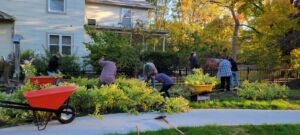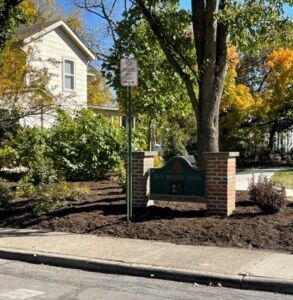I am always on the lookout for ways for the orchestra to serve the community outside of its customary role. Giving concerts, serving as the cultural epicenter, and place for the community to come together are all vital services, but finding ways to touch those outside of our usual constituency is essential to assuring the orchestra’s indispensability.

The timing of this project was perfect in that it coincided with the opening of our 40th anniversary season.
Benjamin Hanby, according to his Wikipedia entry, “was an American composer, educator, pastor, and abolitionist who wrote approximately 80 songs. The most famous are “Darling Nelly Gray” and the Christmas songs “Up on the House Top” and “Who Is He In Yonder Stall?”.
Hanby was born in Rushville, Ohio. He moved to Westerville, Ohio in 1849, at the age of sixteen, to enroll at Otterbein University.He was involved in the Underground Railroad with his father, Bishop William Hanby.

At age 33, Hanby died from tuberculosis in Chicago on March 16, 1867. He is buried in Otterbein Cemetery in Westerville.”
The City horticulturalist designed the space that included the installation of trees, shrubs, and perennials that will provide
I look forward to pausing during a stroll through Hanby Park and enjoying the Symphony Grove as I reflect on 30 plus years of music making with this extraordinary group of musicians and music lovers.








